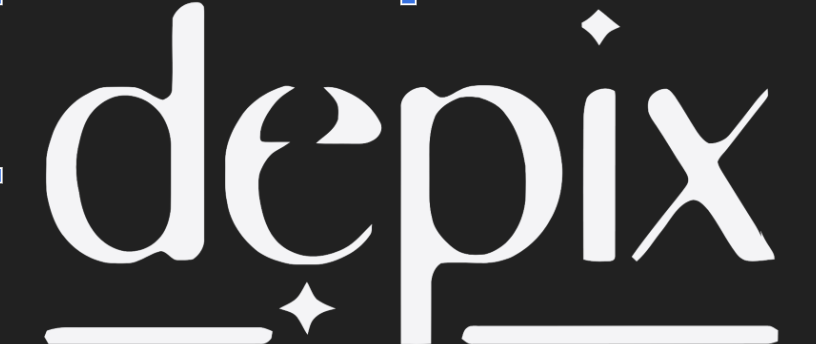Frequently Asked Questions
-
Local installation on Windows Workstation (per user) - accessed via web browser on the desktop.
Local deployment on Windows Server/Linux server (in on premises server room) - accessed via browser on the internal networks
Local deployment of certified Depix / Hewlett Packard “appliance” - hardware delivered with software installed and certified by HP and access via local internal network by browser.
External deployment on your cloud provider accessed via internal web browser
External deployment on Depix designated cloud provider with Depix authentication (we have begun the process of SOC2 compliance).
-
We can deploy in a number of ways as indicated above. Right now our recommendation would be to do an on premise iinstallation on Windows Server or Linux that resides on your internal local network that can be accessed remotely by your users via web browser.
-
Design Lab is supported on Mac and PC with Google Chrome, Firefox, Microsoft Edge. Safari is not supported at this time.
-
Operating System Windows: 10, 11, Server 2022, Server 2019
Linux: Ubuntu Server 22.04 LTS, Amazon Linux 2
-
RAM does not have a significant impact on the speed of rendering. Increasing the VRAM in the GPU can speed up the generation process. Additionally, the type of GPU also plays a role in the generation speed. Several key points should be considered to determine the performance of the GPU: VRAM Size, Clock Speeds, and Memory Bandwidth. When multiple users use the application concurrently, expanding the number of GPUs speeds up the system by distributing tasks across parallel processing units. This parallelization enables simultaneous processing of tasks, resulting in faster overall system performance.
We don’t have any support limits. We will work with you to ensure implementation is satisfactory for any deployment of any size.
-
Since Design Lab uses an AI inference engine, the latest Nvidia graphics cards that support AI are the best. These include those listed below.
Example recommended graphics cards and their VRAM for Depix Design Lab:
A10G 24GB VRAM
A100 80GB VRAM
RTX6000 24GB VRAM
RTX6000 ADA 48GB VRAM
We strongly recommend a dual GPU system with each card having a minimum of 24 GB VRAM. Recommended is Dual RTX6000 ADA with fast CPU/32 GB Ram minimum and multiple terabytes of SSD disk storage.
-
The AI image generation process used by Depix requires a max of 16 GB VRAM per generation. Adding a second GPU means that training processes will be distributed to the second card, leaving the first for image generation.
Depix is in the process of testing dual and quad GPU machines and optimizing for multi-users. We will soon have more information on the requirements for supporting 100 users. The number of machines will be determined by the number of simultaneous users and the tolerance for waiting for inference results. We are working on enabling multiple processes on a single GPU and general performance enhancements that will be released in the next few weeks.
-
Enhancing the base foundational model with your data is highly recommended. By gathering images of particular models, years, designers, or other categories, images need to be sorted, categorized, and labeled with as much detail in the metadata as possible in a database that can be exported and imported into Design Lab for training. For large datasets (>1000 images), we recommend working directly with you on a consulting basis to optimize the process, as there will be some special considerations based on your needs. Data can be categorized in a spreadsheet. We have performed several tests on interior and exterior data sets in the 3500 image set range and found the improvement to the foundational model is significant.
-
Item descriptionClinic images
Project milestone images
Design sketches (interior/exterior)
Individual designers work
Concept show cars
Images of elements with particular brand characteristics
Product new release marketing images
Collection of images representing brand characteristics
New competitor car introductions at a particular car show
Production cars by year / model
Production interiors
Influential shapes
Influential sculptures
Parts like headlamps, tail lamps, wheels, interior components.
Motorsports
Historical cars
Fashion/Clothing
Training images for new design language
Example tuning set with labels of model numbers
Example training set with images by Daniel Simon
Example training set of sketches by Sasha Seplinov





